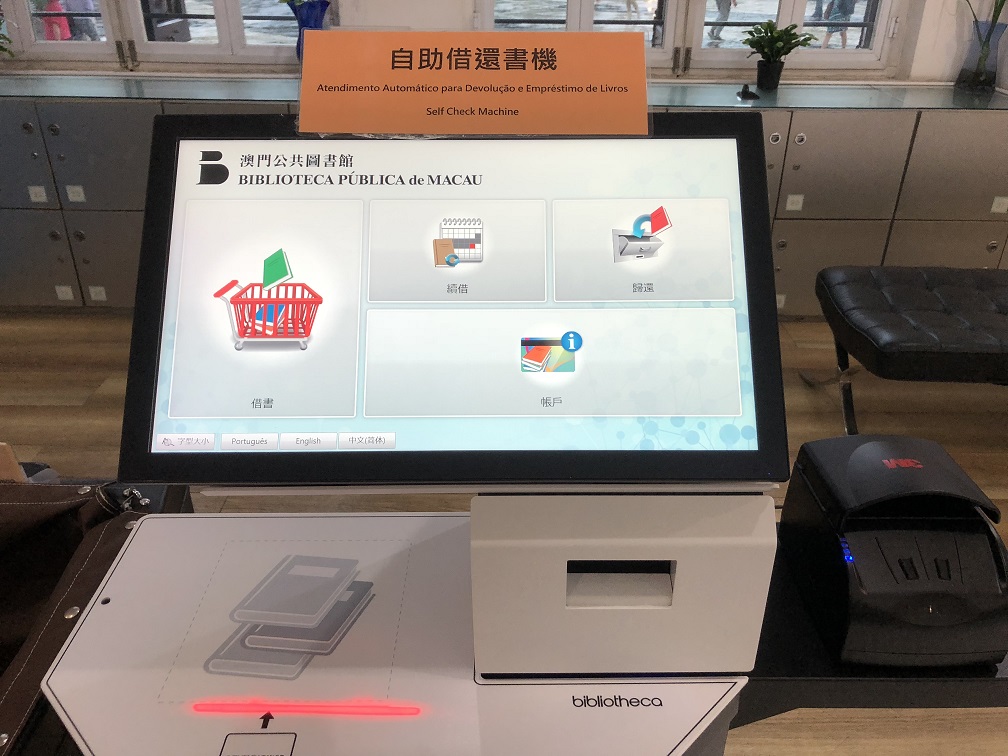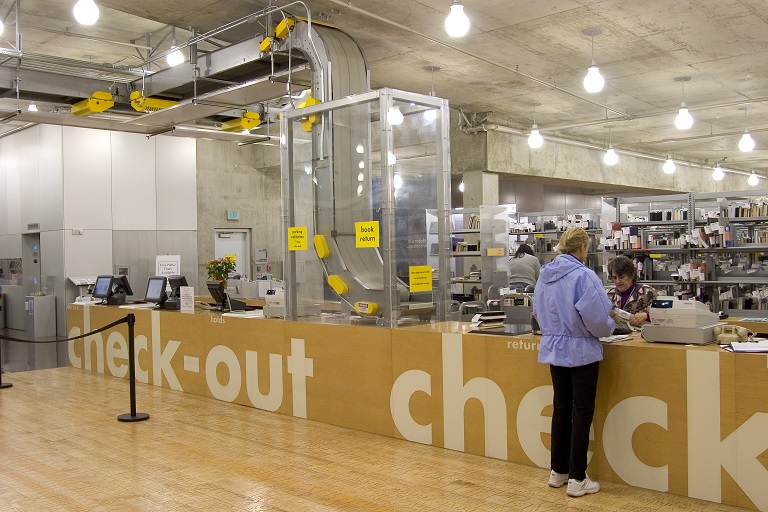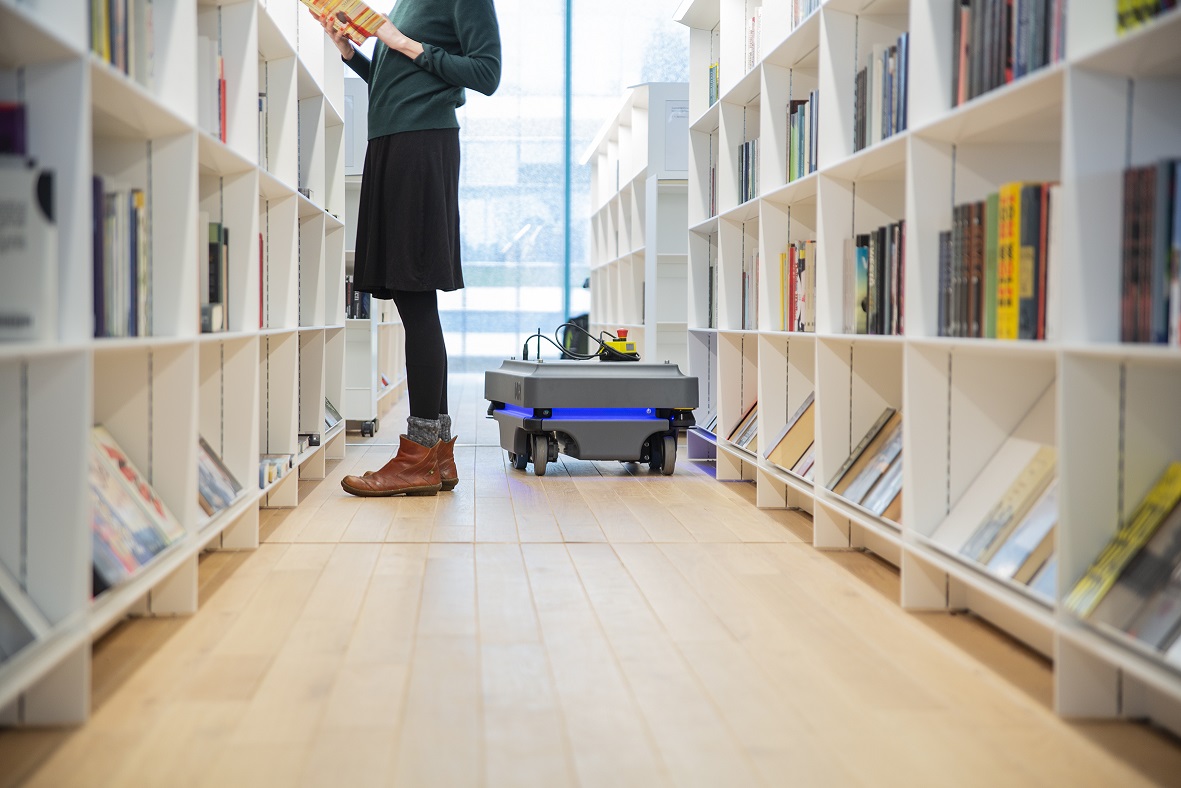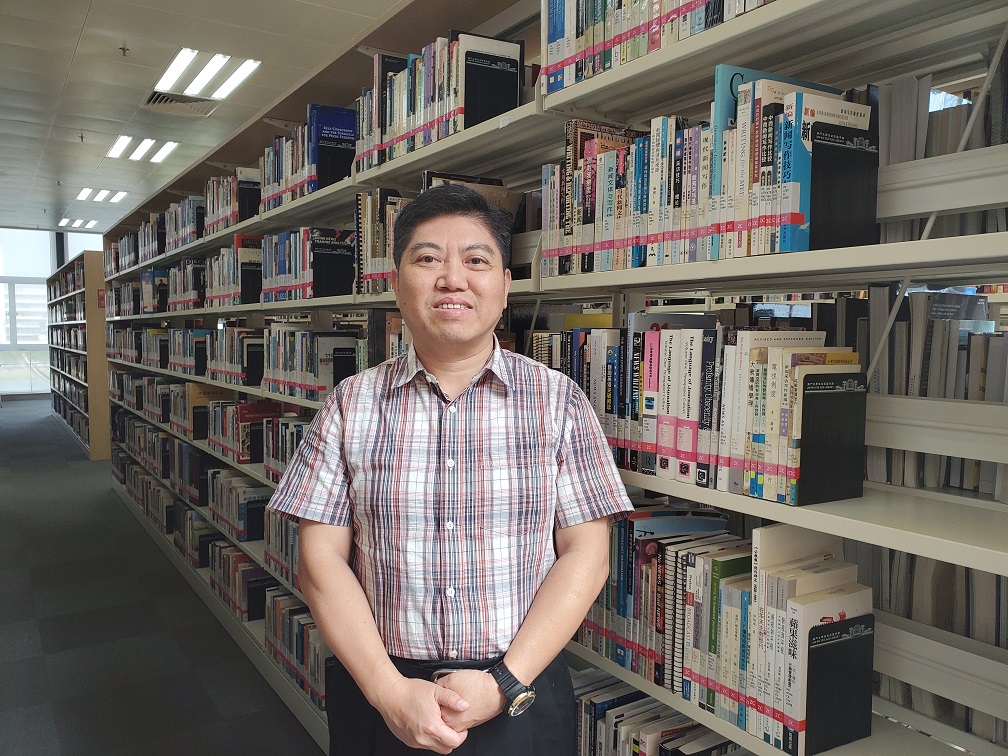
Mr. Leung Tak Hoi
Working in University of Macau Library, the vice chairman of Macao Library and Information Management Association (MLIMA), corresponding member of the Preservation and Conservations Section of International Federation of Library Associations and Institutions (IFLA), international member of the America Library Association (ALA)
Today's library is an important public place. It is a learning space, an exchange space, and a makerspace. Readers are not only able to read in the comfortable reading environment provided by the library, but can also communicate with each other through group discussions, lectures, seminars or exhibitions. The so-called makerspace is a space to give readers the opportunity to experience new technologies, allow them to use new learning tools, make use of the equipment to complete learning or creating research results. These devices, such as 3D printers, photo studios, scanners, professional computers and simple process equipment, have completely disrupted traditional library services.
Macao is a city with a large population. Indoor non-commercial public spaces are especially lacking. The library can be used as space for educational and cultural activities, such as parent-child activities or performances, as well as group discussion rooms and small meeting rooms for readers. A more controversial topic is whether the library can set up a cafe or eating be allowed in the library since eating in the library can cause problems in terms of hygiene, preservation of books and affecting the reading environment. On the other hand, as an accessory facility, in fact, some libraries in Macao have tried to set up small cafes, such as a terrace garden or balcony in the library, which allows readers to eat lightly, enabling readers more willing to stay longer, hence this act will be welcomed by readers.

Liu Qiongxiong
Founder of “Barren Island Library”, former executive editor of the City Pictorial magazine
The function of modern libraries is no longer a unidirectional place for people to check information, as what the stereotypes of library show. In appearance, it is an aesthetic display, because many libraries at home and abroad pay great attention to architectural design, making the library a cultural landmark to attract the public's attention. In terms of the services, the library is more like a complex. It provides not only books and materials, but also the space for communication. It connects individuals and communities, students can do their homework here, the elderly can read newspapers here, read news through computer screen, young people can have some leisure activity such as gathering and discussion, even watching movies, listening to music, drinking coffee and other leisure experiences.
In addition to public spaces, thematic libraries will also be a direction for library development. The input and output of culture is an important function of the library. If the library displays a strong theme, it will definitely leave a deeper impression among the people. It will also attract like-minded people. There is a small library in Kaiping, Guangdong. It has a collection of books related to the neighbouring communities, including genealogy, history books, etc. Such a library, although small in scale, it is exclusive and unique, thus it will become a space for cultural exchange of various themes among readers.
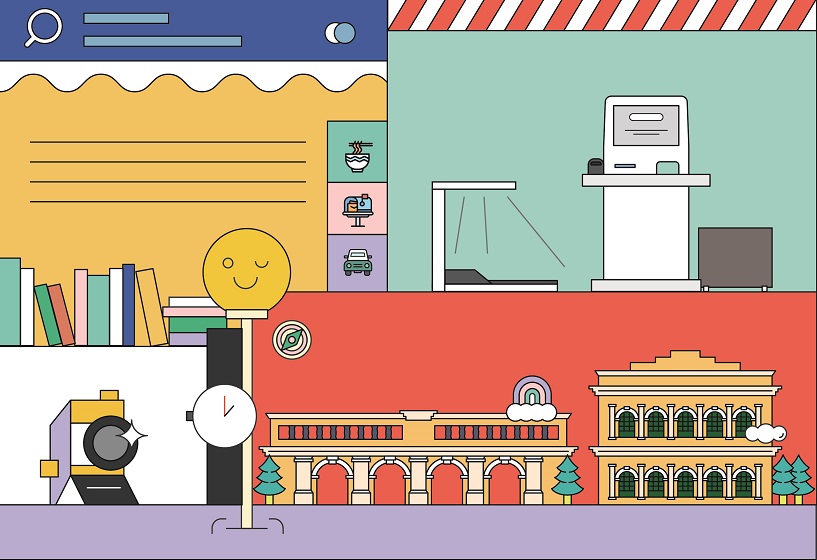

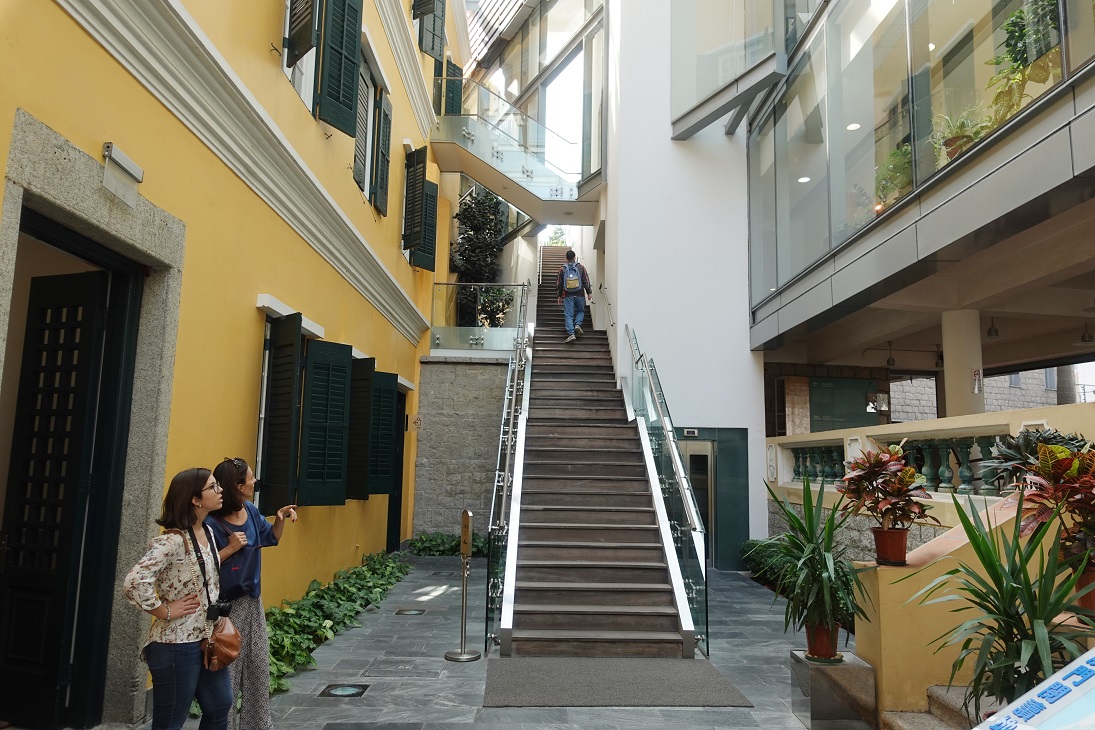
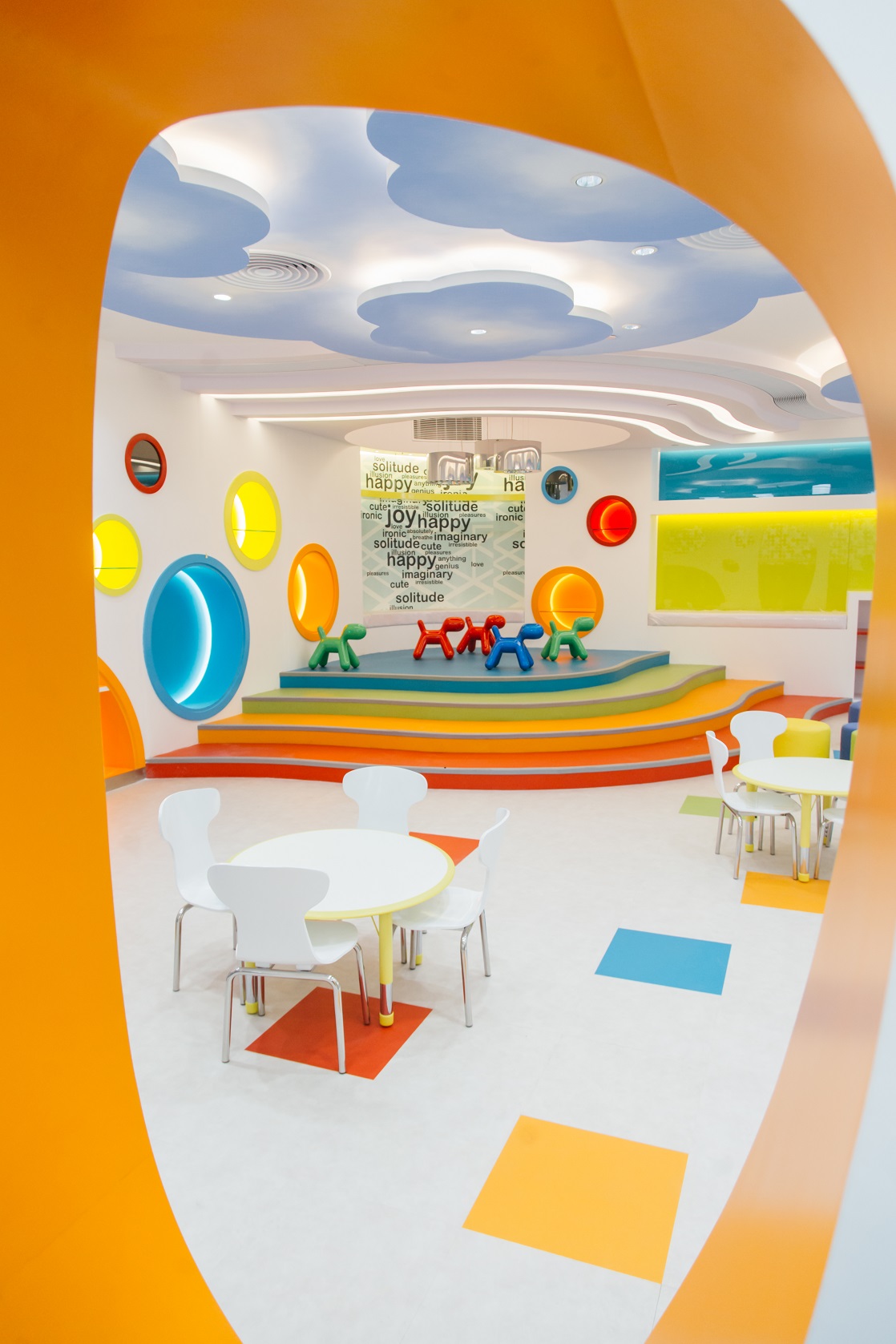
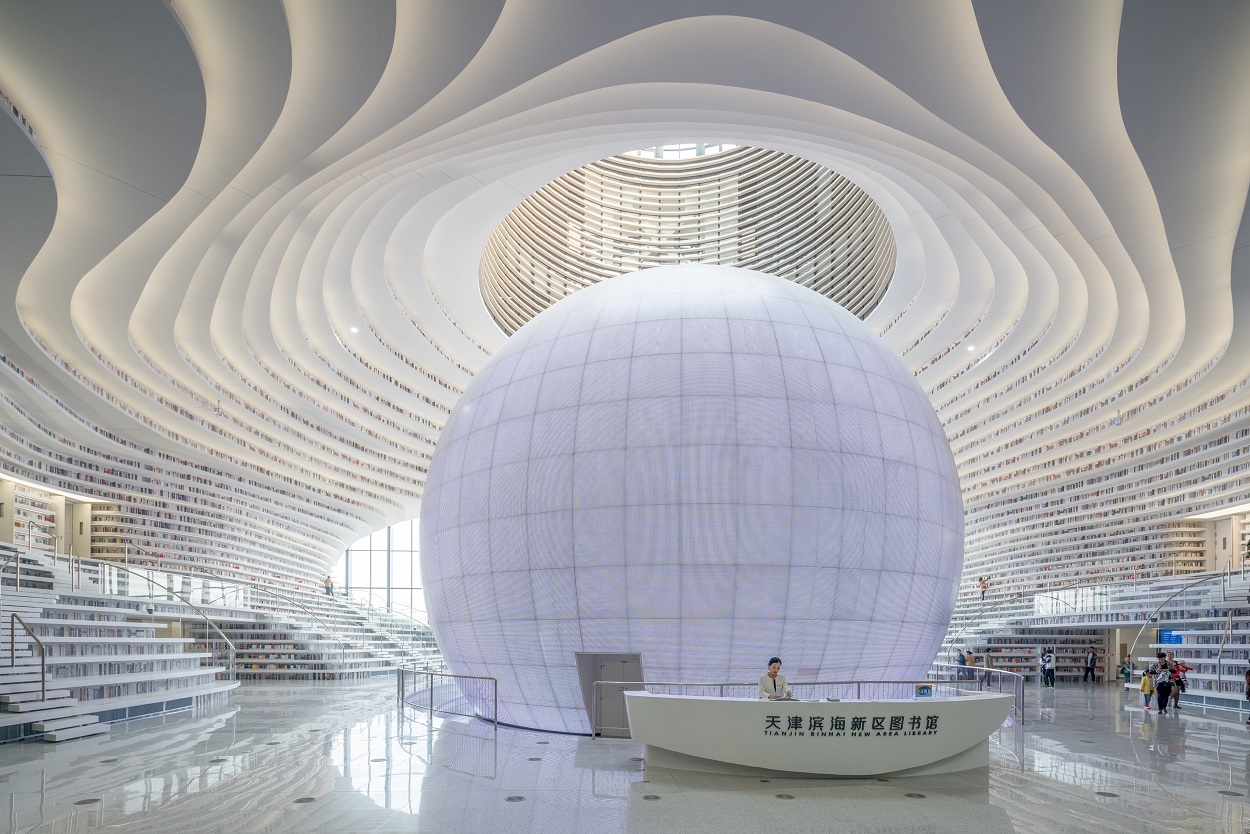
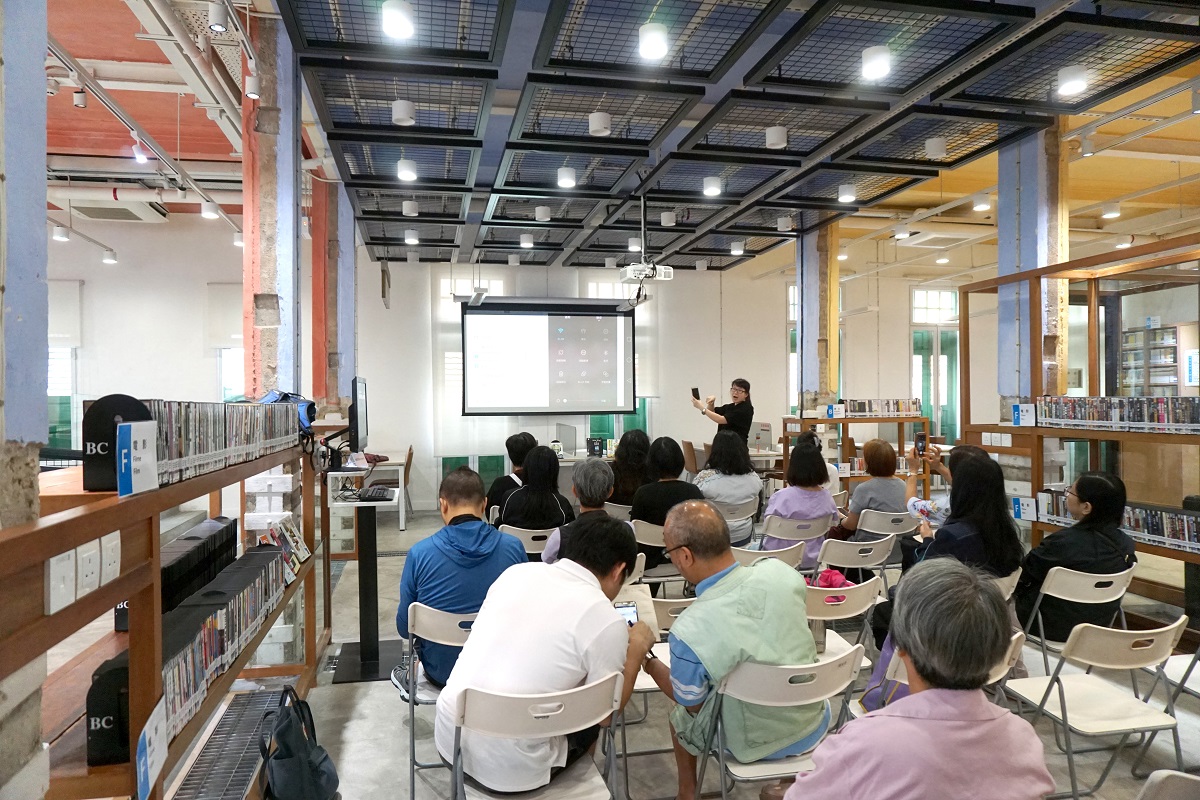
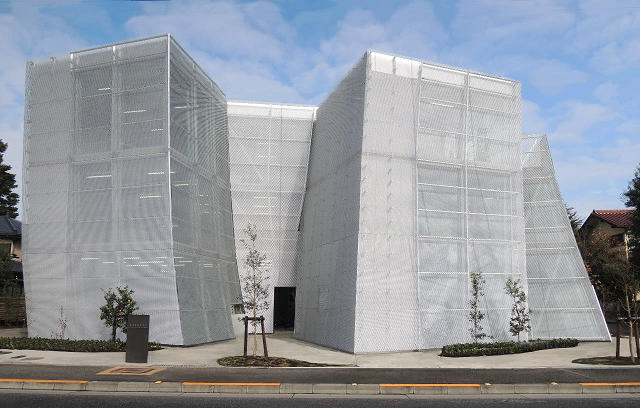
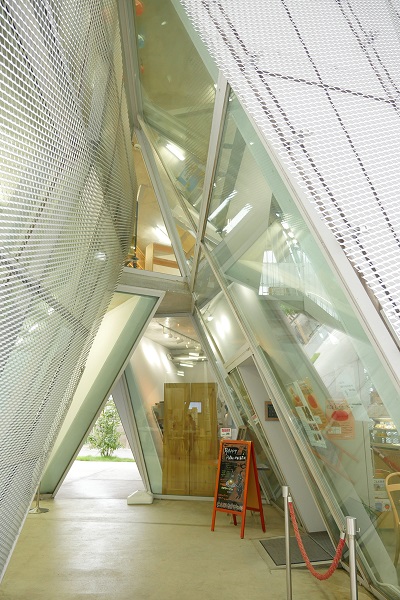
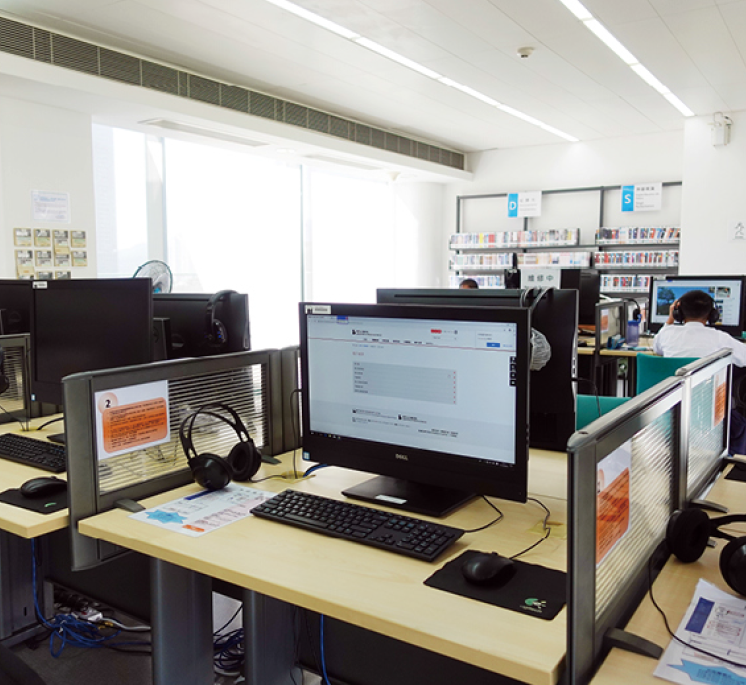
.jpg)
.jpg)
